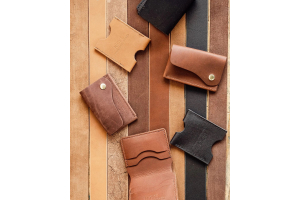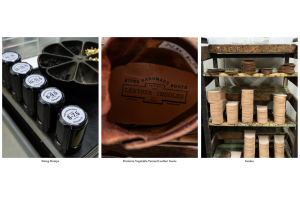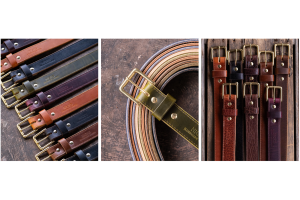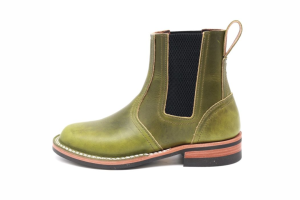How To Tell If Leather Is Real: Simple Tips And Tricks
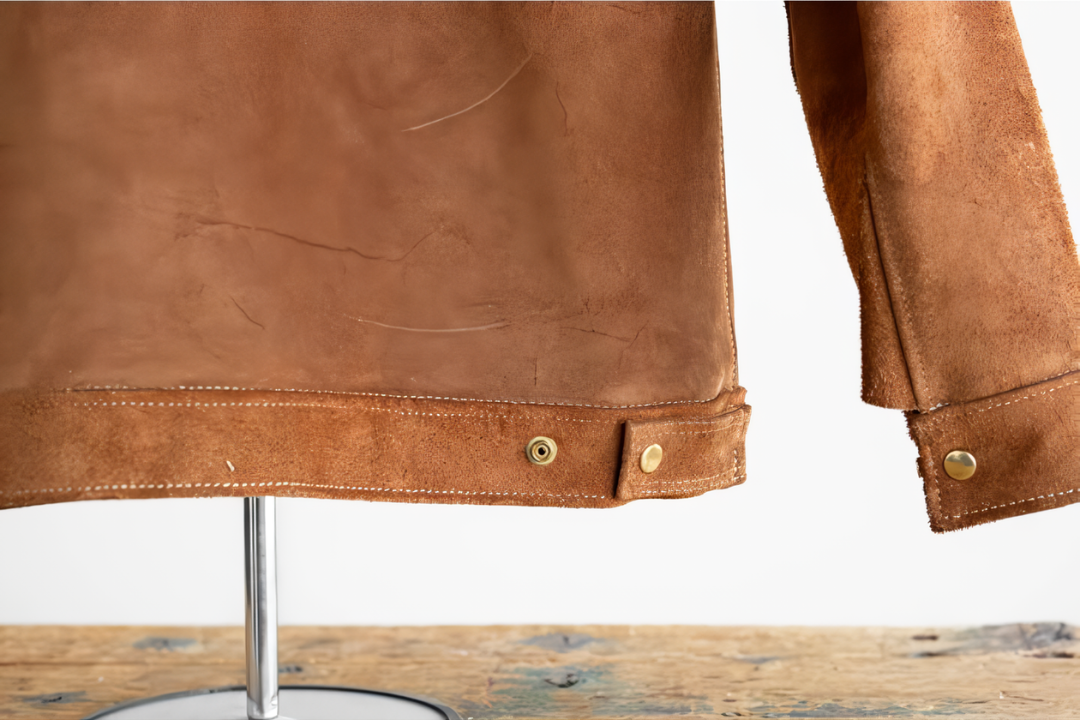
Key Takeaways:
- Real Leather Has Unique Characteristics: Authentic leather has natural imperfections and a distinct smell and develops a patina over time. Unlike faux leather, it absorbs moisture and changes with wear.
- Simple Tests Can Confirm Authenticity: You can check real leather by using touch, smell, water absorption, and texture tests. A genuine leather jacket will feel soft, breathe naturally, and last for years.
- Quality Leather Jackets Are an Investment: A well-made leather jacket crafted from full-grain or top-grain leather can last decades. Choosing the right type and maintaining it properly ensures long-term value.
Does every leather jacket you see claim to be "genuine," but something about it feels off? With so many synthetic alternatives mimicking the look and texture of real leather, it’s easy to be misled. Manufacturers have perfected the art of imitation, making it harder than ever to spot the difference between authentic leather and a convincing fake.
At Nicks Boots, we know leather inside and out. We don’t just sell leather jackets; we curate high-quality pieces made from authentic, top-grade hides that stand the test of time. Our craftsmanship is built on decades of expertise, ensuring that every stitch, texture, and scent is exactly what a true leather connoisseur expects. When recognizing real leather, we don’t guess—we know.
In this guide, we’ll break down the easiest ways to tell if leather is real using simple tests and expert insights. By the end, you’ll know exactly what to look for, feel for, and even smell to ensure you're investing in a jacket made from the real deal.
Why It’s Important To Know If Leather Is Real
Investing in a leather jacket is more than a fashion choice—it’s a commitment to quality, durability, and long-term value. Genuine leather ages beautifully, developing a unique patina over time, while fake leather tends to crack, peel, and deteriorate quickly. Identifying real leather ensures you get your money’s worth and do not fall for cheap imitations that won’t stand the test of time.
Beyond durability, real leather offers superior comfort and breathability. Unlike synthetic alternatives, which can feel stiff and trap heat, authentic leather molds to your body, becoming softer and more comfortable with wear. If you want a jacket that lasts for years, stays stylish, and provides the best experience, understanding the difference between real and fake leather is essential.


Common Types Of Leather And Their Differences
Not all leather is created equal—different types offer varying levels of quality, durability, and texture. The four main types of leather used in jackets are full-grain, top-grain, genuine leather, and bonded leather, each with unique characteristics that impact how they look, feel, and wear over time.
- Full-Grain Leather: The highest-quality leather is made from the outermost layer of the hide. It retains natural imperfections, develops a beautiful patina, and lasts for decades.
- Top-Grain Leather: Slightly refined by sanding away imperfections, making it smoother and more uniform. It’s still durable but lacks the natural aging properties of full-grain leather.
- Genuine Leather: Despite its name, this is a lower-grade option made from leftover leather scraps. It’s processed and coated for a finished look but doesn’t have the durability of higher-quality leather.
- Bonded Leather: The lowest quality, made from shredded leather fibers bonded with adhesives. It often looks like leather but lacks durability and can peel over time.
Understanding these differences helps you make an informed purchase. If you’re looking for a durable jacket, full-grain or top-grain leather is your best bet.
Simple Tests To Check If Leather Is Real
Determining whether a leather jacket is genuine doesn’t require expert knowledge—just a few simple tests. Real leather has distinct characteristics that differentiate it from synthetic alternatives, and by using your senses, you can identify authenticity. Here are the most effective ways to tell if your leather jacket is the real deal:
1. The Touch And Feel Test
One of the easiest ways to distinguish real leather is by how it feels. Genuine leather has a slightly uneven texture with natural grain and imperfections, making it soft yet firm to the touch. Faux leather, on the other hand, tends to feel plasticky or unnaturally smooth due to the synthetic coatings applied during manufacturing.
When you press on real leather, it should wrinkle slightly like human skin before returning to its original form. This is due to the natural flexibility of the material, which allows it to mold over time. In contrast, fake leather will often remain stiff or form unnatural creases that do not disappear.
Another indicator is temperature sensitivity—real leather warms up quickly when held, while synthetic leather remains cool or takes longer to adjust to body heat. This is because natural leather retains heat better than synthetic materials. If your jacket feels cold for an extended time, it may be an imitation.
2. The Smell Test
The scent of leather is one of its most recognizable features. Real leather has a distinct, earthy aroma from the natural oils and tanning process used to treat the hide. Fake leather, on the other hand, often has a chemical or plastic-like smell due to the synthetic materials used in its production.
No matter how much synthetic leather tries to imitate the look of real leather, it can never truly replicate its signature scent. Even after years of wear, genuine leather retains this natural smell, while fake leather may develop an artificial or rubbery odor over time. If a jacket has a strong chemical scent when new, it is most likely a synthetic product.
To test this, bring the leather close to your nose and take a deep breath. If you detect a natural, slightly musky smell, it is likely real leather. If the scent reminds you of plastic or chemicals, chances are it is faux leather.
3. The Water Absorption Test
Leather is naturally porous, meaning it absorbs moisture rather than repels it. One of the simplest tests you can do to check for authenticity is to place a small drop of water on the surface and observe how it reacts. If the water is slowly absorbed into the material, the leather is real.
Faux leather, which is coated with a synthetic layer, will not absorb water. Instead, the water will bead up and remain on the surface, showing that the material is non-porous. This is because synthetic materials are designed to be water-resistant, unlike real leather, which reacts naturally to moisture.
Over time, real leather develops a patina, a sign of its ability to interact with the environment. This quality makes it more breathable and comfortable, whereas fake leather remains unchanged and can crack with prolonged exposure to moisture. If you want a jacket that adapts and improves with time, real leather is the better choice.
4. The Fire Test (Use With Caution)
Though not always practical, the fire test is one of the most conclusive ways to determine if leather is real. Genuine leather is resistant to flames and will only char slightly, producing an earthy, burnt-hair smell. Fake leather, however, will burn quickly, melt, and give off a harsh chemical odor.
To try this test, carefully expose a hidden edge of the leather to a flame for a few seconds. If the material chars but does not catch fire and emits a smell similar to burning hair, it is likely real leather. It is definitely synthetic if it begins to melt, blacken, or produce a strong plastic smell.
Since this test involves fire, it should only be performed on a small, inconspicuous section of the jacket, such as the inside hem. If you are unsure or hesitant, other tests, such as touch, smell, and water absorption, can provide safer alternatives to confirm authenticity.
5. The Edge And Pores Inspection
The edges of a leather jacket can tell you a lot about its authenticity. Real leather has rough, slightly frayed edges made from natural animal hide. In contrast, fake leather is machine-cut and typically has smooth, even edges due to the synthetic materials used.
Another way to check is by looking closely at the surface for pores. Real leather has irregularly spaced pores because it comes from an animal hide, whereas fake leather often has an overly uniform, artificial pattern. If the grain and pores appear too perfect or repeated, it is likely a synthetic material.
Genuine leather is never flawless—it has natural imperfections, scars, and variations in texture that make each piece unique. If your jacket looks too smooth and consistent, it is probably made from faux leather. These subtle details are key indicators when verifying real leather quality.
What To Look For When Buying A Leather Jacket
A leather jacket is an investment, so choosing the right one requires attention to detail. Several factors determine whether a jacket is worth your money, from material quality to craftsmanship and fit. Here’s what you should consider when making your purchase:
- Leather Type and Quality: Not all leather is created equal, and the type of leather used in a jacket greatly impacts its durability and feel. Full-grain and top-grain leather are the best options, offering long-lasting wear and a natural look that improves over time. Lower-quality options like genuine leather and bonded leather may be cheaper but won’t last as long or age as gracefully.
- Stitching and Craftsmanship: Stitching on a leather jacket strongly indicates its quality and durability. High-end jackets feature tight, even stitching with reinforced seams to prevent fraying over time. Loose threads, uneven stitches, or gaps in the seams suggest poor construction and may lead to early wear and tear.
- Lining and Interior Materials: A jacket’s interior matters as much as its exterior. High-quality linings like cotton or satin provide comfort and breathability, while cheap polyester linings can feel rough and trap heat. A well-made lining extends the jacket’s lifespan by preventing excessive stretching or fabric breakdown.
- Fit and Comfort: Leather jackets should fit snugly but not feel restrictive. A good leather jacket molds to your body over time, so it should feel fitted without being too tight at purchase. Pay attention to sleeve length and shoulder fit—if they’re off, alterations may be difficult.
- Hardware and Details: To ensure longevity, zippers, buttons, and other hardware should be sturdy and high-quality. Cheap plastic or flimsy metal hardware can break easily, lowering the jacket's overall durability. YKK zippers and metal snaps are common in premium leather jackets and are built to last.
- Price vs. Value: A real leather jacket is an investment, so be wary of prices that seem too good to be true. Full-grain and top-grain leather jackets come with a higher price tag but offer better durability and style over the years. Instead of focusing solely on price, consider long-term value—cheaper jackets may wear out quickly, leading to more expenses over time.
How To Maintain And Protect Real Leather Jackets
A high-quality leather jacket can last for decades if properly cared for. Leather is a natural material that requires regular maintenance to keep it soft, flexible, and damage-resistant. Here’s how you can protect your investment and ensure your jacket stays in top condition:
Regular Cleaning
Leather jackets should be wiped down with a soft, damp cloth to remove dust and dirt. For deeper cleaning, use a mild leather cleaner and avoid harsh chemicals that can strip away natural oils. Always dry the jacket at room temperature—never use a hairdryer or place it under direct sunlight, as this can cause cracking.
Conditioning The Leather
Leather needs moisture to stay soft and prevent drying out. Apply a leather conditioner every few months to keep the material supple and prevent cracks or stiffness. Use a small amount, rub it in with a soft cloth, and let it absorb naturally before wearing the jacket again.
Proper Storage
Storing your leather jacket the right way prevents creases and structural damage. Use a wide, padded hanger to maintain its shape, and keep it in a cool, dry place away from direct sunlight. If storing long-term, place it in a breathable garment bag—never in plastic, as this can trap moisture and lead to mold growth.
Waterproofing And Weather Protection
Although leather has some natural resistance to moisture, excessive exposure to rain can damage it over time. Use a leather protectant spray to create a barrier against water and stains, especially if you wear your jacket frequently outdoors. If the jacket gets wet, let it air dry naturally and apply conditioner afterward to restore lost oils.
Avoiding Common Mistakes
One of the biggest mistakes is using regular household cleaners on leather, as they contain alcohol and harsh chemicals that dry out the material. Avoid folding or stuffing the jacket into tight spaces, as this can cause deep creases that are hard to remove. Never leave it near heat sources like radiators or fireplaces, as extreme temperatures can make the leather brittle.
Dealing With Scratches And Scuffs
Minor scratches are normal with real leather and can often be buffed out with a soft cloth and a small amount of leather conditioner. For deeper scuffs, use a color-matching leather balm to restore the surface. If the damage is significant, professional leather repair services can restore your jacket to its original condition.
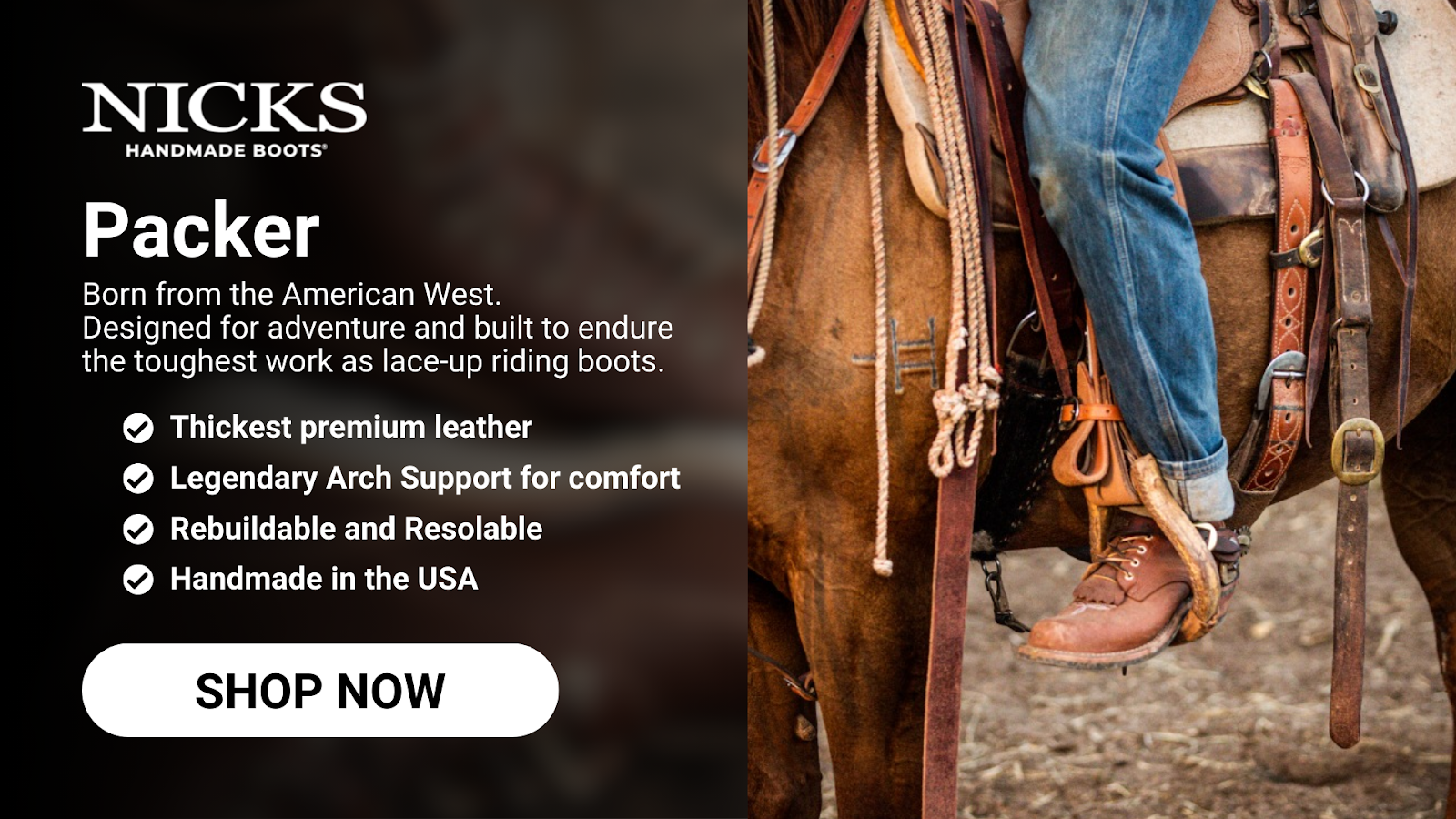

Final Thoughts
Recognizing genuine leather is more than just a skill—it’s a way to ensure quality, longevity, and true craftsmanship in your purchases. With synthetic alternatives becoming increasingly convincing, knowing how to distinguish real leather gives you confidence in your investment. Authentic leather not only looks and feels superior but also tells a story, aging gracefully over time and developing a unique character. Whether you're shopping for a leather jacket or any other leather goods, verifying authenticity ensures choosing a product that will stand the test of time.
Read also:
Frequently Asked Questions About How To Tell If Leather Is Real
Can real leather stretch over time?
Yes, real leather stretches slightly over time as it molds to the shape of your body. This natural flexibility is one of the reasons why leather jackets become more comfortable to wear. However, excessive stretching or forceful pulling can permanently distort the shape.
Does real leather change color as it ages?
Genuine leather can develop a patina, slightly darkening or enriching the color over time. This change is a sign of high-quality leather due to exposure to oils, sunlight, and daily wear. Faux leather, on the other hand, does not develop a patina and often fades instead.
Can you repair a scratched leather jacket?
Minor scratches can often be buffed out using a leather conditioner or a small amount of natural oil. Deeper scratches may require a leather repair kit or professional treatment to restore the surface. Avoid household products like nail polish remover, as they can damage the leather.
Why does real leather have a unique smell?
Real leather has a natural, earthy scent because it comes from animal hide and undergoes tanning processes. This smell is distinct and cannot be perfectly replicated in synthetic leather, which usually has a plastic or chemical-like odor. The scent may fade over time, but it never completely disappears.
Can real leather feel cold to the touch?
Yes, genuine leather can feel slightly cool when you first touch it, especially in cold temperatures. Unlike synthetic leather, which often feels smooth or plastic-like, real leather gradually warms up with body heat. This temperature change is another way to distinguish between real and fake leather.
Does real leather absorb oil from the skin?
Yes, real leather is porous and can absorb natural oils from your hands and body over time. This can contribute to developing a rich patina, making the leather softer and more unique. However, excessive oil buildup can darken certain areas, so occasional cleaning is recommended.
Is real leather always soft?
Not necessarily—some types of real leather, like full-grain, may feel firm initially but soften with use. The texture depends on the tanning process, leather type, and finish. Over time, natural leather tends to become more supple, while faux leather remains consistent in texture.
Can real leather resist scratches?
Real leather is durable, but it can still be scratched, especially if it’s untreated or has a soft finish. Some high-quality leathers, like top-grain and full-grain, have natural resilience and may better hide scratches. Protective treatments and regular conditioning can help minimize damage.
How long does a real leather jacket last?
With proper care, a genuine leather jacket can last decades, sometimes even a lifetime. Full-grain and top-grain leather are the most durable options, aging beautifully with time. Regular conditioning and storage in a cool, dry place help extend its lifespan.
Can real leather have a perfectly uniform texture?
No, real leather often has small imperfections, pores, or natural grain patterns that make each piece unique. A perfectly smooth and uniform surface is usually a sign of synthetic leather or heavily processed lower-grade leather. Natural leather embraces its unique variations, adding to its authenticity.
